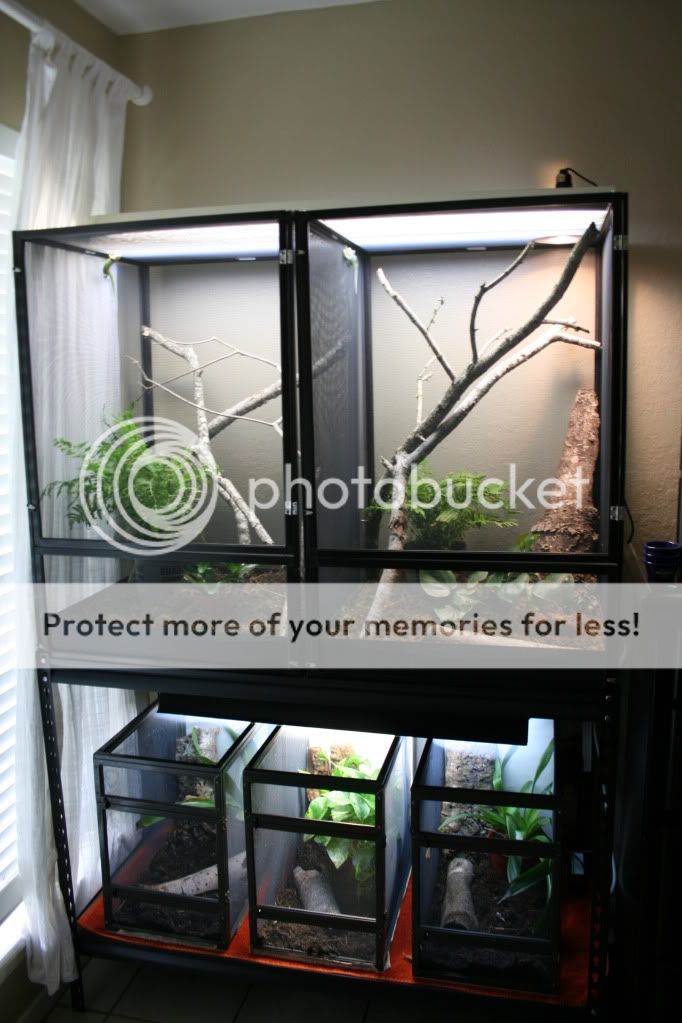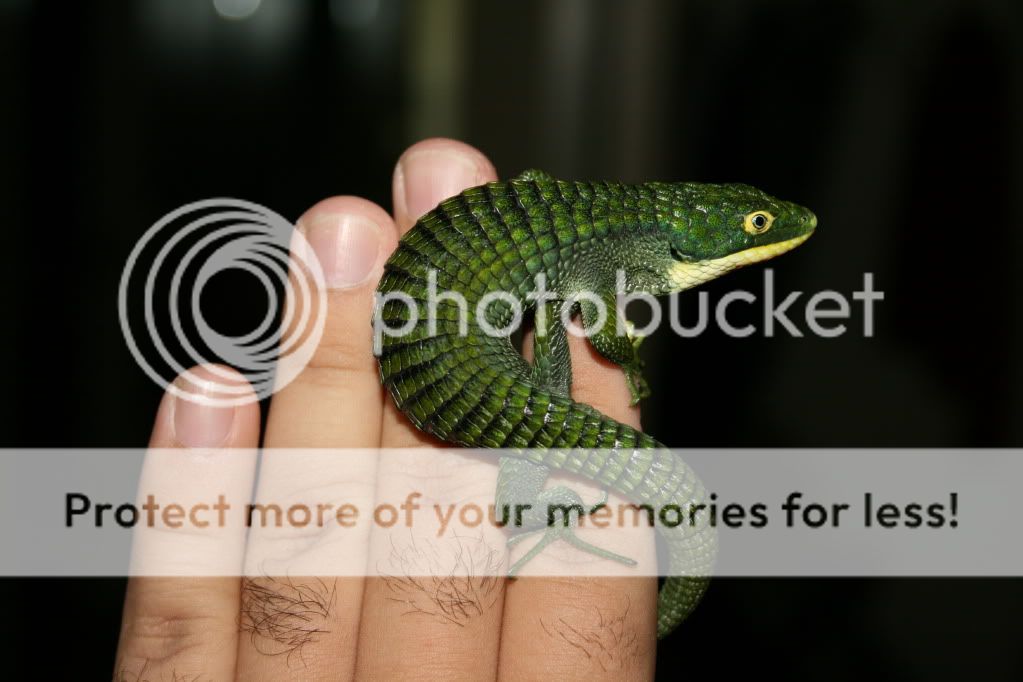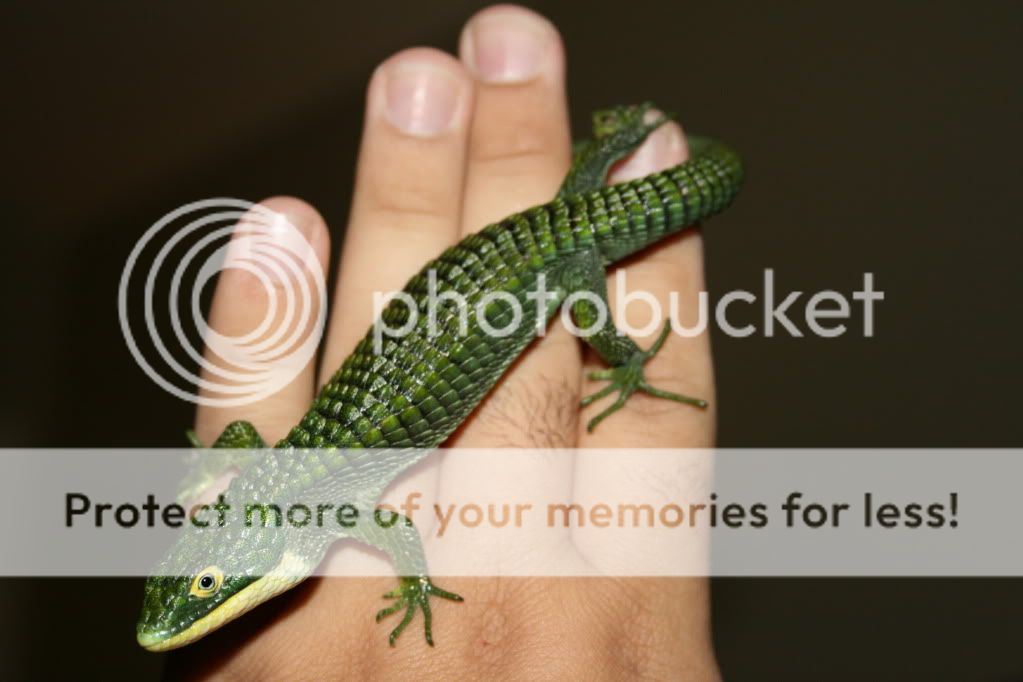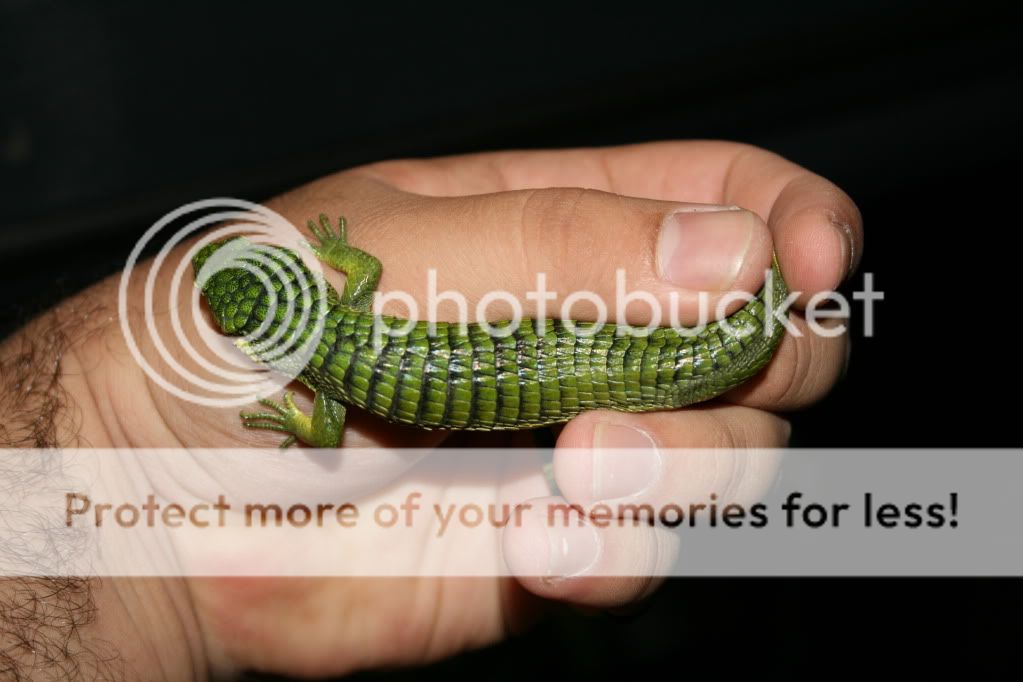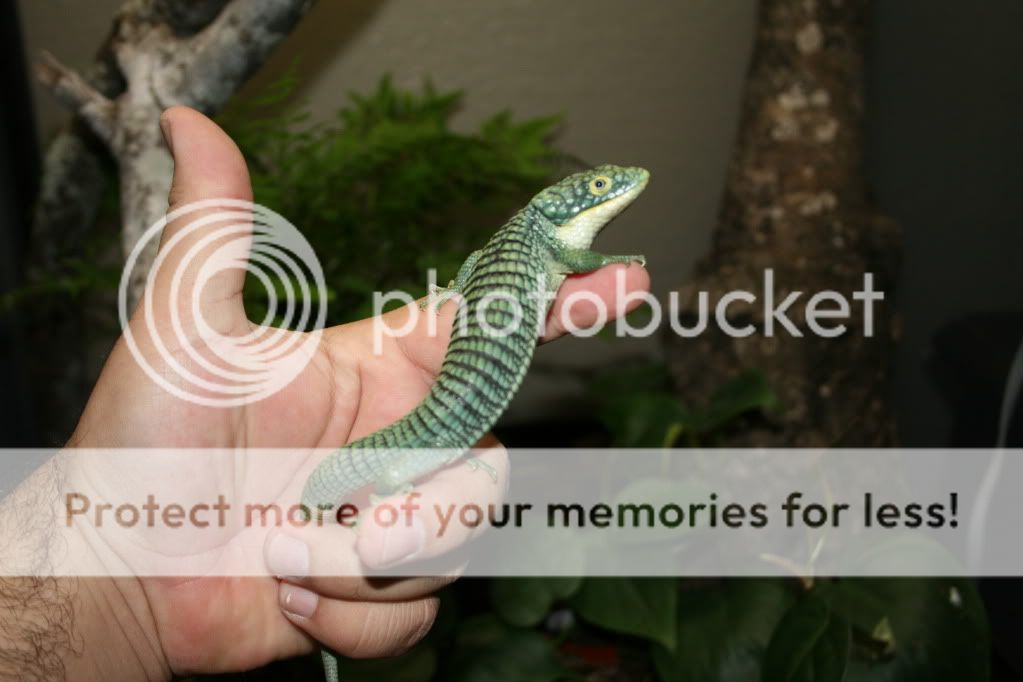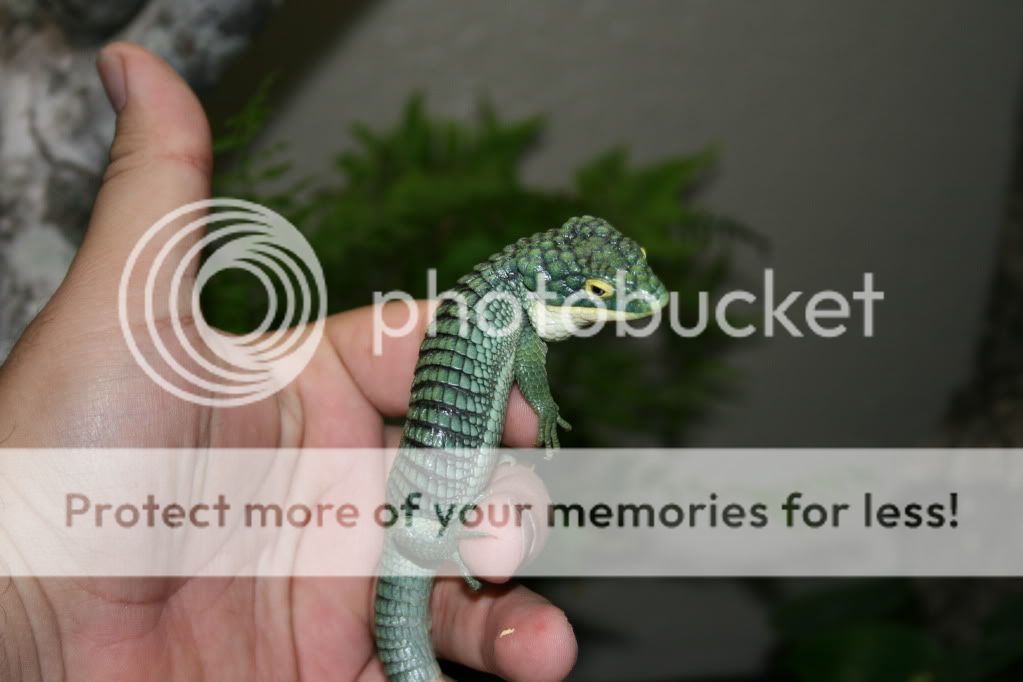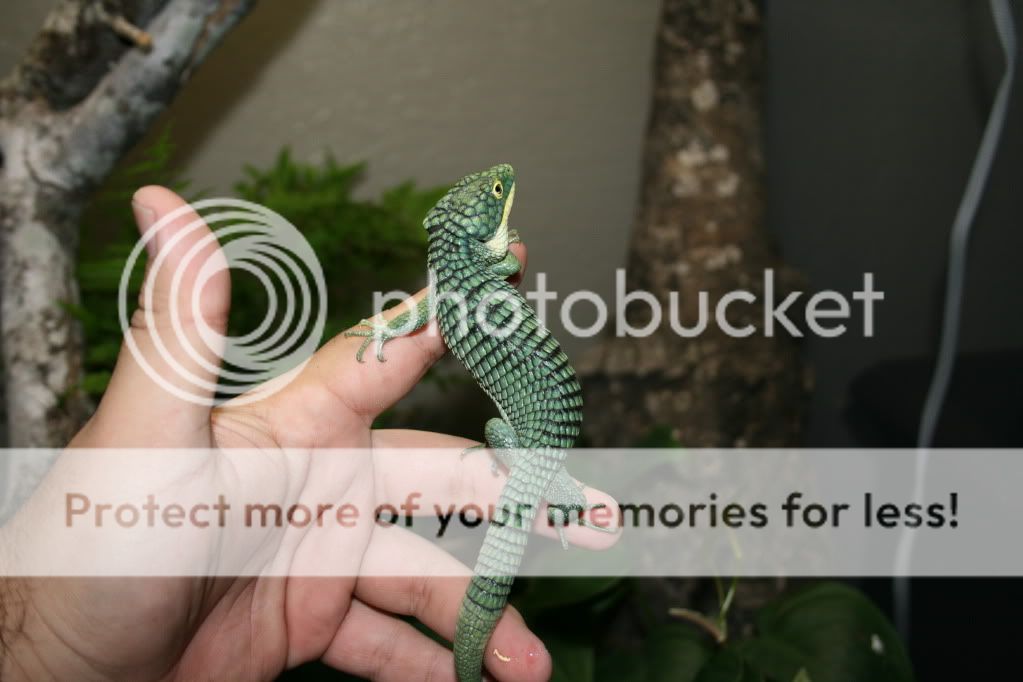coura;4148520; said:Yours shure look healty. Regarding the color changes I may be able to help you, in basilisks and water dragons it happens just that and you can reverce it by feeding carotenoid rich foods to the feeder insects (carrots, dark leafy greens). Your idea of using field insects is a great one if you can get them from a uncontaminated source.
I actually did an experiment years ago when I bred Plumed Basilisks. I kept half of the babies I hatched one summer indoors under artificial light and the other half outdoors in natural sunlight. Both groups were fed the same items. In the early fall/late summer the outdoor group was brought indoors. When compared with the indoor group they were all a very bright lime green. The ones kept indoors were a blueish green almost mint coloration. So I think natural sunlight has something to do with it when it comes to some reptile species and I agree that the diet plays a big role too.


